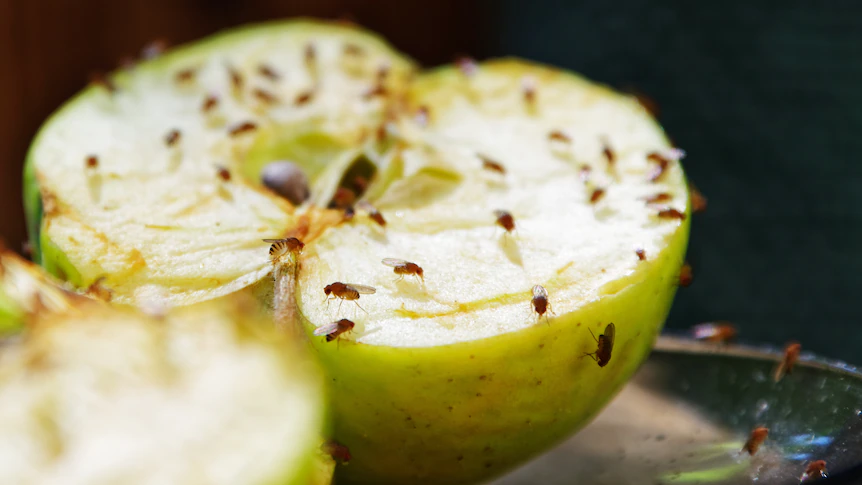



Article by: Hari Yellina
A $780,000 grant from the Australian Research Council’s Linkage Program has been used to fund the development of a new trap for the Australian blowfly. The multidisciplinary project, which involves entomology, biotechnology, analytical chemistry, and genetics, has teamed up with Perth-based provenance verification service Source Certain and Deakin University to combat the consequences of flystrike on the sheep and wool sectors. Over the next three and a half years, the study team will use a combination of genetic analysis and extensive chemical analysis to learn more about what draws the Australian blowfly to Merino sheep.
These scientific findings will be utilised to create a novel trap that mimics the chemical signals generated by sheep that attract the Australian sheep blowfly, Lucilia cuprina. Ian Dadour, Head of Research and Education at Source Certain and a renowned forensic entomologist, said producers had been clamouring for further research into how to manage the Australian blowfly. “The new method is to look at the swarming behaviour of the bacteria on the fleece and the odours that they generate,” he said. The information gathered will be used to create a kairomone, or chemical signal, which will be used in traps.
This initiative intends to reduce the sheep industry’s dependency on insecticides by targeting blowflies using their own cues before fleece rot starts, reducing strike numbers and terminating the fly breeding cycle. Professor Dadour claimed that offal bait bins and the LuciTrap, which had previously been created to catch and lower fly populations, had both proven to be labour intensive. “The LuciTrap is probably one trap per thousand head of sheep,” he said, adding that “this may have to go the same way.” “We need farmers to be able to utilise this trap without it being very labour intensive for them, but it still has to wipe out at least 57 percent of the sheep blowfly population per day of what’s out there, including 25 percent of the females, to have any substantial influence on sheep blowfly reduction.”
Of course, that will de-escalate issues such as mulesing and the need to use insecticides, which flies are growing increasingly resistant to. Offal bait bins have been reported to lower blowfly numbers by 95 percent, while the LuciLure synthetic lure can reduce populations by up to 50 percent when used in conjunction with insecticides, making it more of a monitoring tool than a treatment. The project to develop the new variety of trap will be field-tested in sheep farming communities of Western Australia and Victoria, including on sheep stations around the Esperance area.